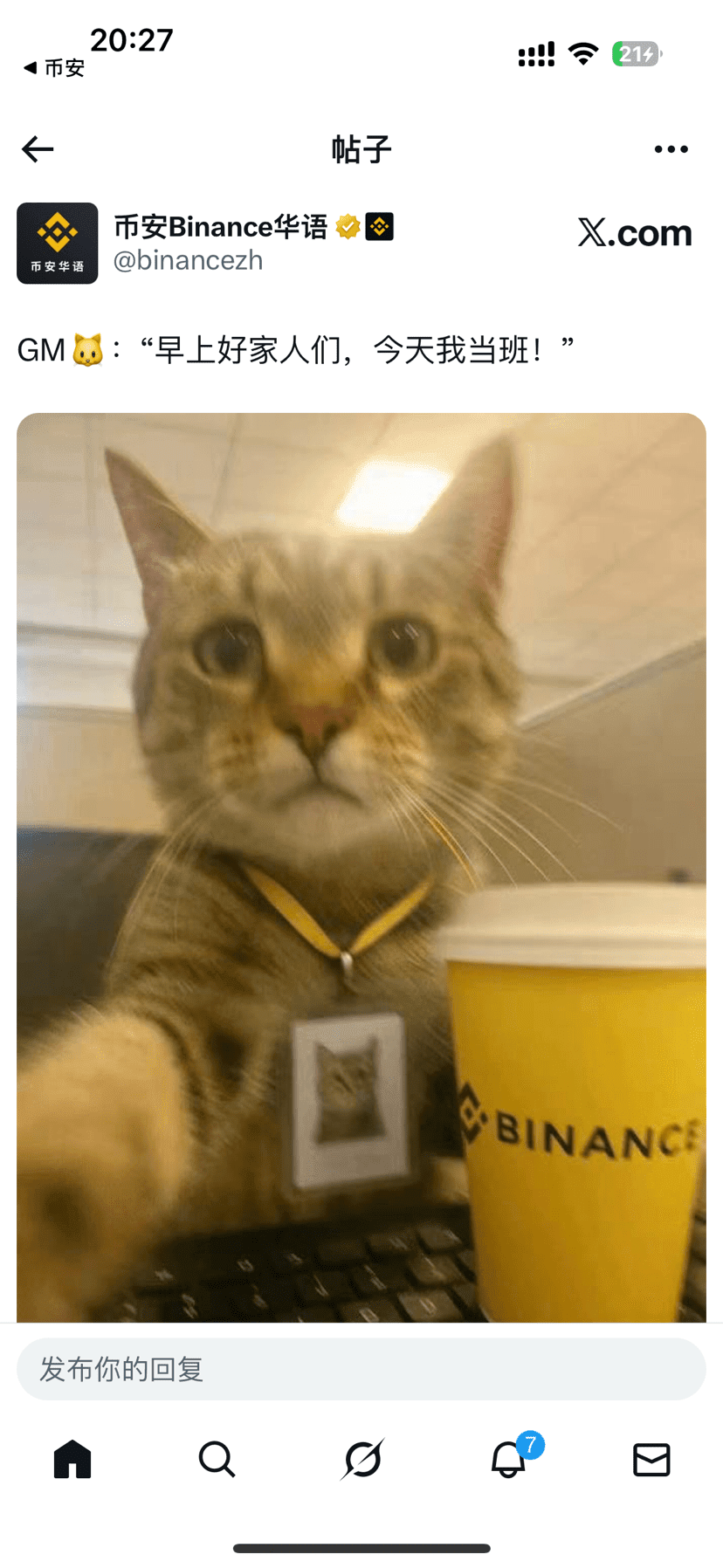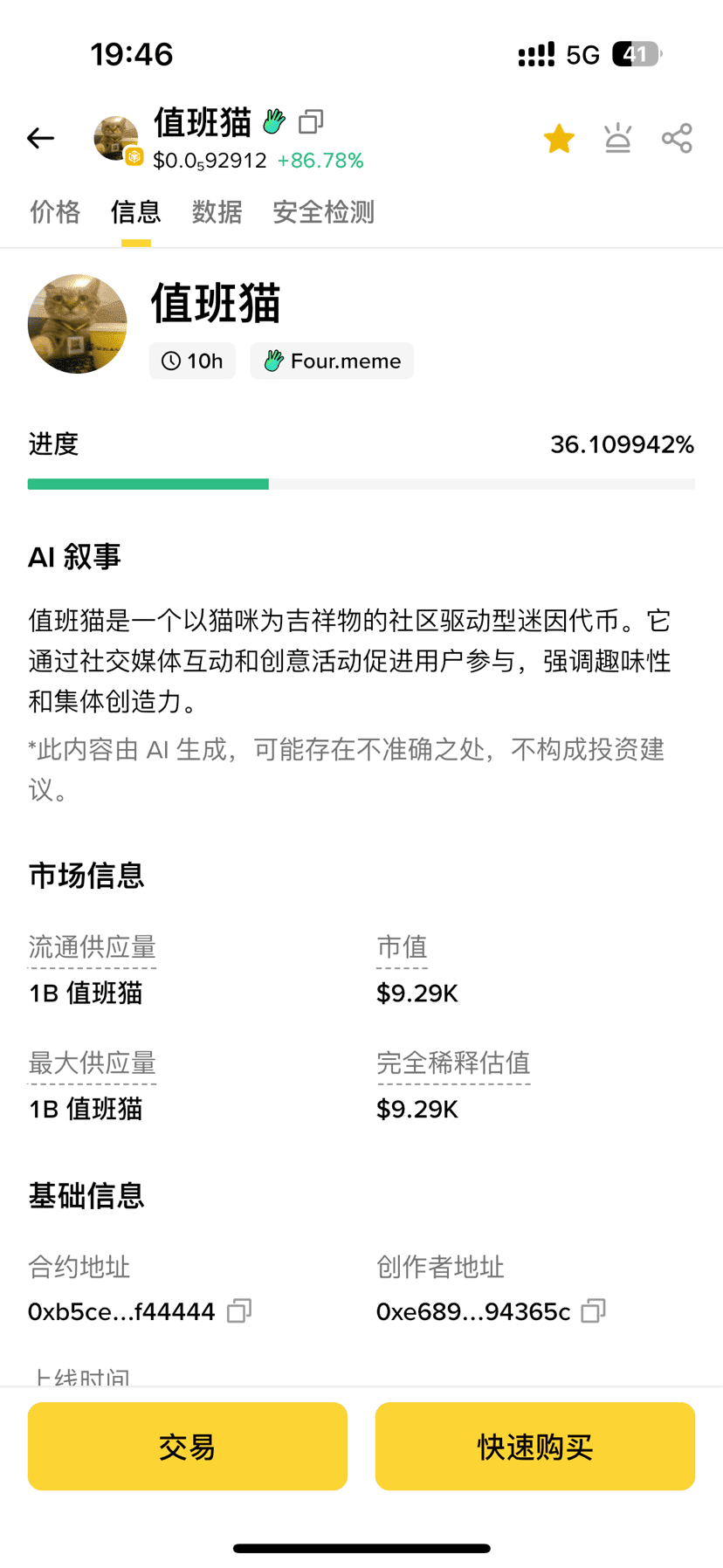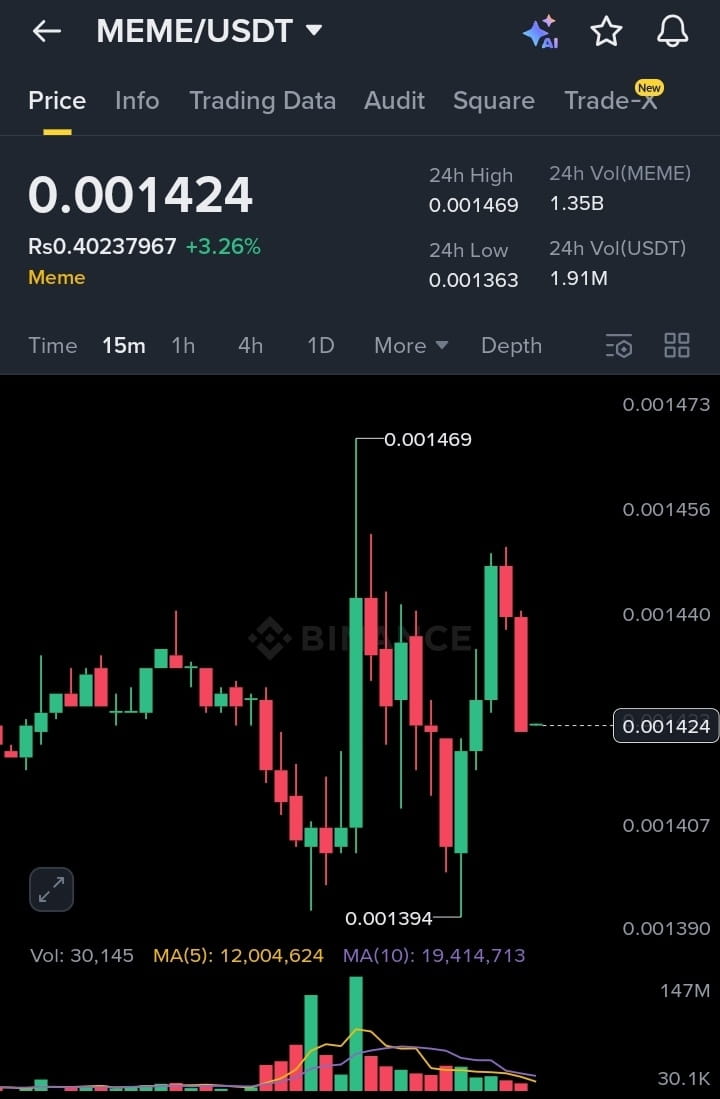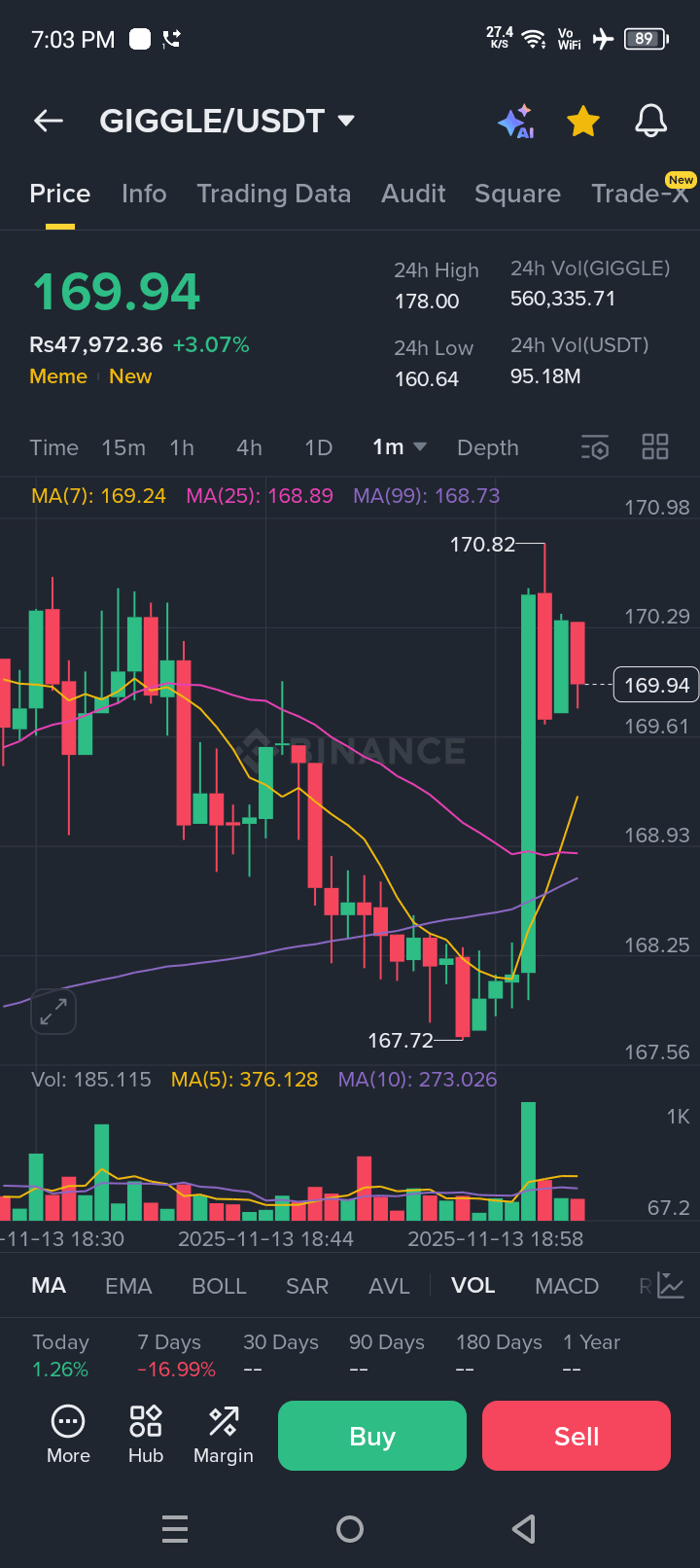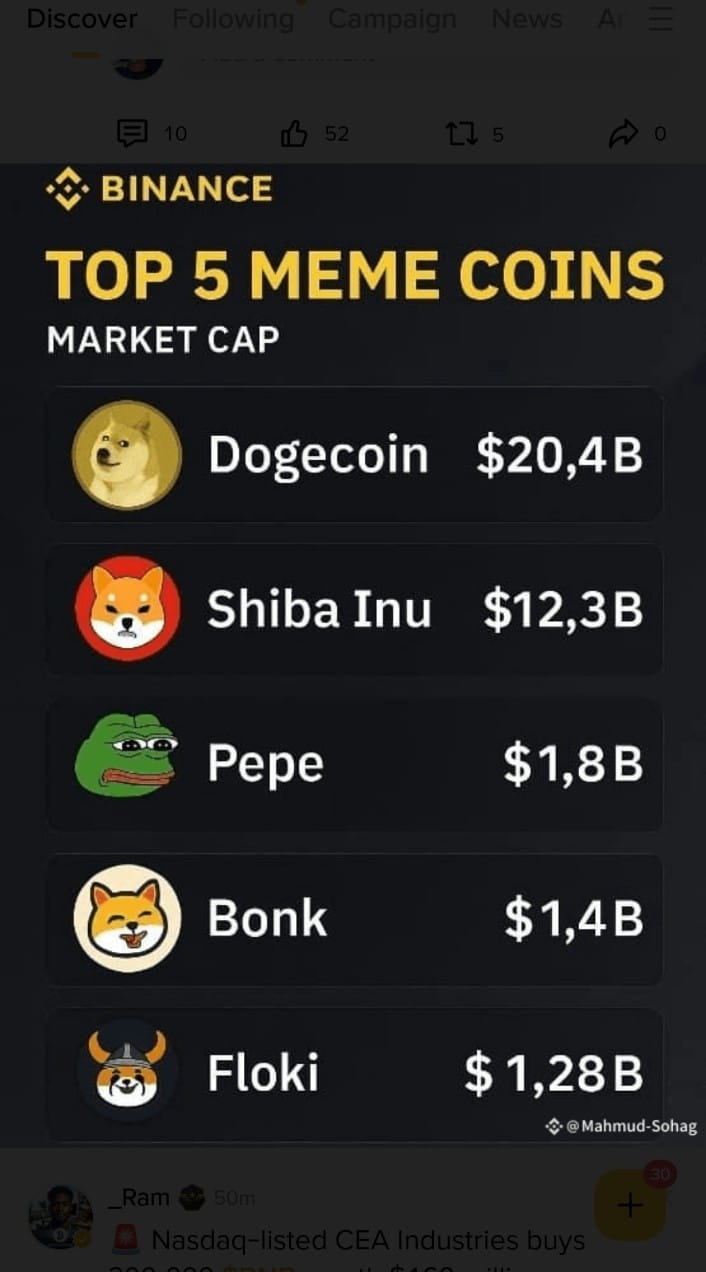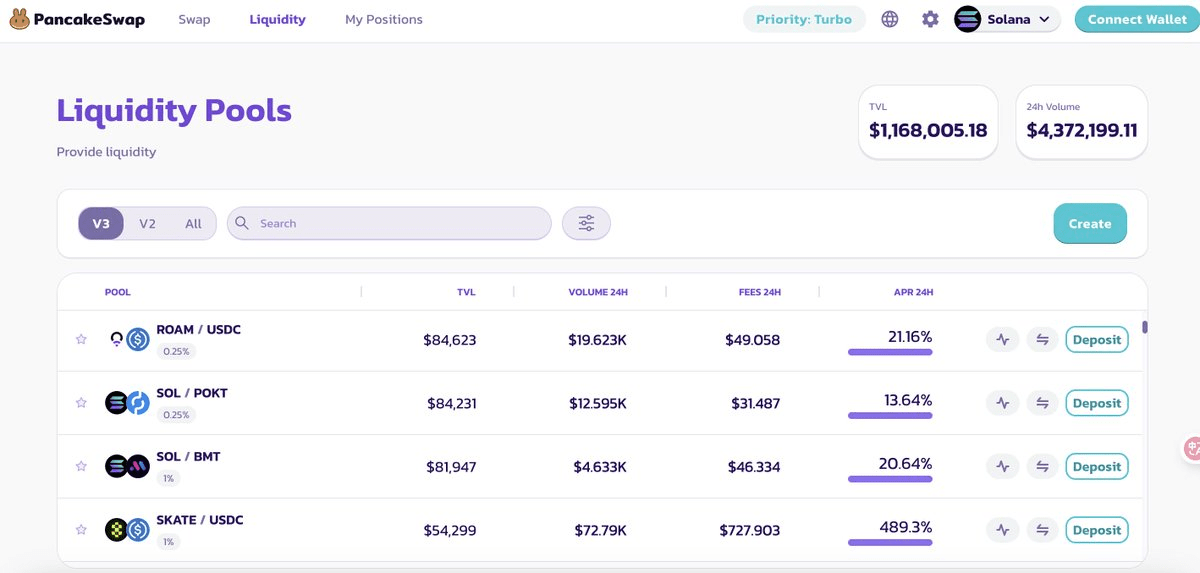When users pay 3% bridge fees for cross-chain transfers, when DeFi protocols miss out on trading opportunities due to cross-chain verification delays, and when assets cross-chain require a cumbersome "lock-mint-unlock" process—these hidden friction costs within cross-chain scenarios are becoming the biggest obstacle to the flow of Web3 assets. Boundless, using native cross-chain verification technology, is liberating cross-chain asset transfers from the high-cost, multi-step process, enabling truly "frictionless" value transfer.
The core pain point of the cross-chain ecosystem lies in the fragmentation of trust. Traditional cross-chain solutions rely on third-party bridge protocols to establish trusted channels. These solutions not only incur 1%-5% fees but also pose security risks such as smart contract vulnerabilities and the leakage of multi-signature private keys. Historically, cross-chain bridge attacks have resulted in over $1 billion in asset losses. Furthermore, differing verification standards across chains complicate the cross-chain process: Transferring Ethereum assets to Solana requires at least three signature verifications, taking over 30 minutes, and each step can be interrupted by node synchronization issues. This current situation of high cost, low efficiency, and high risk makes it difficult for multi-chain assets to achieve unified liquidity.
Boundless's solution lies in reshaping the value transfer logic with "bridgeless cross-chain verification." Its core approach is to generate zero-knowledge proofs for cross-chain data using zkVM technology, allowing validation to be performed directly on the target chain without relying on any intermediate bridge. For example, in a cross-chain scenario between Celestia and Ethereum, Boundless uses the Bloodstream Zero light client to generate a Merkle root proof from Celestia's on-chain data and then submits this proof to an Ethereum verification contract. The target chain does not need to synchronize full data; the verification proof alone verifies the authenticity of the source chain data. This entire process eliminates the traditional bridging lock-up and minting steps, reducing transaction fees to less than 1/20 of the original cost.
Native token payment capabilities further eliminate cross-chain exchange rate friction. Traditional cross-chain services require users to first convert native tokens into bridge platform tokens, then convert them back to target chain tokens after the cross-chain process. The slippage and transaction fees incurred during these two conversions become a "hidden tax." Boundless innovatively supports paying for proof services in the native tokens of the target chain. Developers and users can initiate cross-chain proof requests directly using the native tokens of chains like Ethereum and Base, without the need for additional asset conversion. This design not only reduces exchange costs but also minimizes proof service prices through a reverse Dutch auction mechanism, bringing the cost of a single cross-chain proof to as low as $0.01 at scale.
Real-time verification technology elevates cross-chain transactions from "hourly" to "block-level." Boundless offloads the most time-consuming data verification tasks in cross-chain computations to an off-chain zkVM environment, generating proofs through parallel computation and then synchronizing the lightweight proof results to the target chain. In integration testing with Wormhole, verification time for USDC on Ethereum to Base was reduced from 45 minutes to two block cycles (approximately 30 seconds), with a 99.9% verification success rate. For high-frequency trading quantitative strategies, this efficiency improvement means more cross-chain arbitrage opportunities can be captured. For ordinary users, asset cross-chain transactions no longer require waiting, achieving a smooth "submit and confirm" experience.
Natively inherited security eliminates the "trust staking" of cross-chain transactions. Boundless' cross-chain verification contracts are deployed directly on both the source and target chains, and proof generation is performed by a decentralized network of nodes, completely eliminating the need for third-party institutions. Its "prover staking penalty" mechanism further strengthens security: nodes participating in cross-chain proofs must stake ZKC tokens. If they submit false proofs or fail to complete verification on time, their staked tokens will be partially destroyed and the node will be permanently kicked off the network. This design ensures cross-chain verification security is on par with the cryptoeconomic security of the main chain, fundamentally addressing the trust risk of bridge protocols.
The synergy of a multi-chain ecosystem is accelerating the implementation of this "frictionless" transaction model. Currently, Boundless has implemented native cross-chain verification for multiple public chains, including Ethereum, Base, Celestia, and Stellar. DEXes such as Hashflow have integrated its technology to achieve real-time multi-chain order matching. Users' transactions initiated on Ethereum are directly matched with liquidity pools on Solana. Cross-chain verification latency is less than one minute, and transaction fees are only 5% of traditional solutions. In the Bitcoin ecosystem, Boundless, combined with BitVM technology, enables cross-chain transfers without relying on sidechains, unlocking multi-chain liquidity for hundreds of billions of Bitcoin assets.
From high-cost bridging to frictionless transfers, Boundless is redefining the rules of cross-chain asset mobility. It eliminates intermediaries with bridgeless verification, reduces exchange costs with native payments, and ensures security and reliability with decentralized nodes. When the "invisible friction" of cross-chain transactions is completely eliminated, Web3 will usher in an era of true multi-chain value interconnection, and Boundless is the core engine of this liquidity revolution. #Boundless $ZKC @boundless_network


